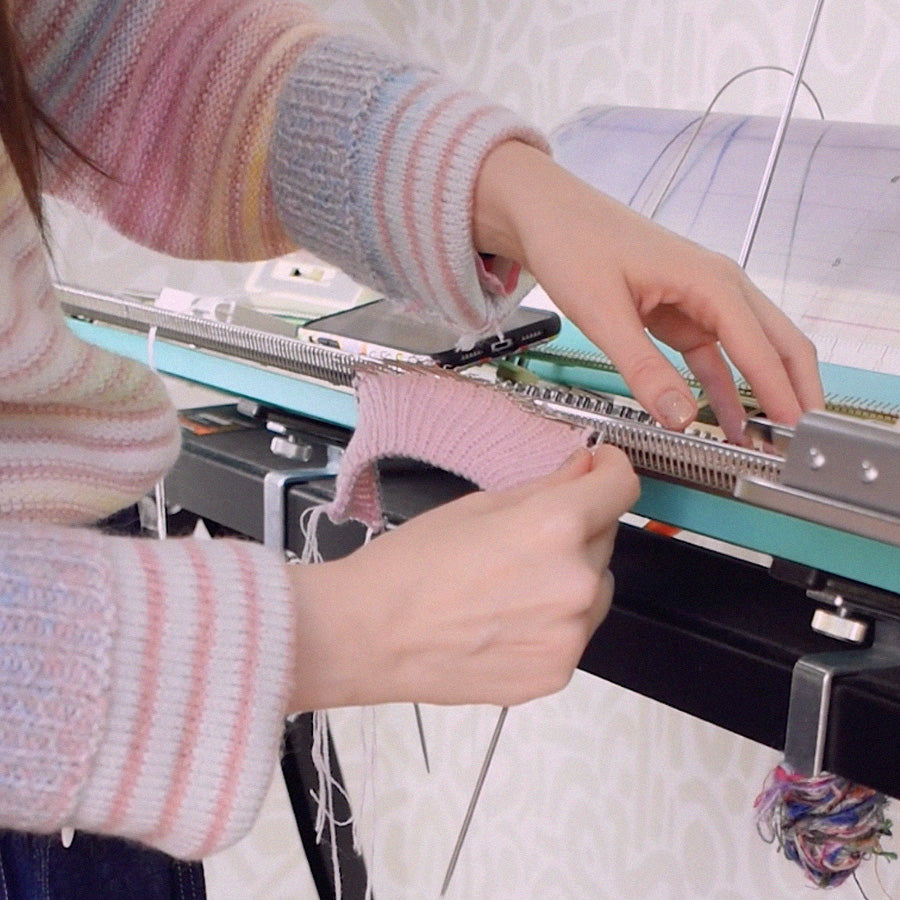Beads + Findings
These are the materials used in Bastian KNTWR necklaces and bracelets

14K Gold Filled
Gold filled jewelry is more economical than solid gold. Jewelers create gold filled jewelry by pressure bonding an actual layer of gold to another metal. Although a gold filled piece of jewelry is not solid gold, it has the same desirable properties and look of solid gold. It won’t tarnish and will not rub off or turn colors. Wearers who are sensitive to certain metals can wear gold filled without worries of an allergic reaction.

14k GOLD PLATED
Gold Plated jewelry is similar to 14K Gold Filled pieces and even more economical. Gold plating is a process where a layer of gold is bonded onto a base metal. Gold plated pieces are good for people with sensitivity to certain metals. The gold plated layer can fade and or tarnish over time. For tips and tricks on how to prolong the life of your gold plated jewelry - check out Bastian KNTWR's care guide.

Sterling Silver
Sterling silver is an alloy of silver containing 92.5% of silver and 7.5% of other metals, usually copper. Sterling Silver is hypoallergenic and perfect for wearers with an allergic reaction to certain metals. Although sterling silver is more durable than pure silver, the additional metals in the alloy make sterling silver more prone to tarnishing. Follow our care guide to help prevent tarnishing and or fix tarnished items.

Freshwater Pearls
Freshwater Pearls - dyed / bleached - are known for their whimsical shapes. The character of a freshwater pearl is found in its distinctive surface texture and the warmth of its luster. These are natural pearls so they will vary slightly in size and shape.

Mother of pearl Shell
Mother of pearl, also known as Nacre, is an organic and inorganic material produced by select mollusks as an inner shell layer - it is a colorful, iridescent outer coating. Bastian KNTWR uses a variety of natural to dyed shells.

Ceramic and Porcelain
Beads are molded from clay, usually hand painted or printed and then fired in a kiln at a high temperature. Beads are often finished with a resin or glaze for extra shine and durability.

Glass Beads
Beads that are molded from glass or crafted using lampwork. They can come in various sizes, colors, and can be opaque or transparent. There are many different types of glass beads.

Millefiori
Millefiori beads get their names from the two Italian words: Mille, meaning thousand, and Fiori, meaning flowers. Millefiori style Murano glass beads are made with handmade glass canes, each containing an individual pattern of various design and color, from star, round, and flower shapes.

Cane Glass Beads
Cane Glass Beads also known as Furnace Glass Beads are adapted from Italian glass-making techniques. These beads use large decorated “canes” built out of smaller canes encased in clear glass and then pulled out to shape the beads with twisting, linear, or stripe patterns.

Fiber Optic Cat Eye
Fiber Optic Cat Eye beads are a high quality glass bead with colors that capture and reflect the light in a band across the center like the eye of a cat. Cat Eye beads are made of Ulexite, spun glass fibers that are fused together and cut into different forms.

Seed BeadS
Seed beads are primarily fabricated from glass in the Czech Republic and Japan. Glass is the most common material used to fabricate seed beads, but they are also made from metal, porcelain or tile.

Wood Beads
Wood beads are carved into many different shapes and can be dyed or painted different colors. Often finished with a wax, glaze or resin for a shine and to protect the material. Wood beads are excellent since they are lightweight.










